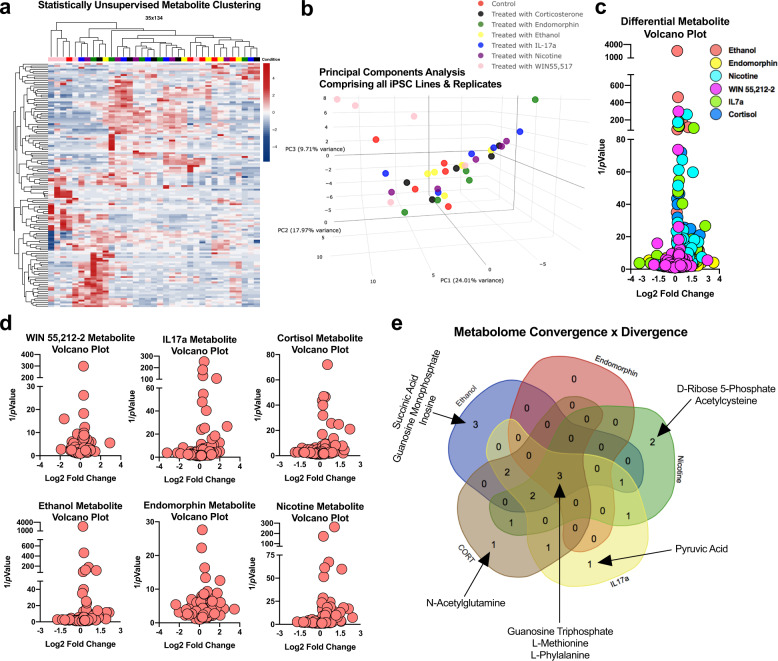Fig. 3. Hybrid metabolomics reveals novel metabolite alterations within enviromimetic forebrain organoids.
a, b Statistically unsupervised analysis of treatment-induced metabolites. The metabolome of dorsal forebrain organoids exposed to our narcotic and neuropsychiatric-related treatments were first analyzed and in a statistically unsupervised format. This involved unbiased clustering of the metabolomic profiles of all samples (a). In addition, a statistically unsupervised principal components analysis was also conducted to visualize the distinctness of our various treatments within human-derived dorsal forebrain organoids (b). Note, the ordering of groups for presentation purposes are presented differ here due to the hierarchical relationships present between samples in these statistically-unsupervised clustering/principal components analyses. c, d Metabolomic Log2FC alterations visualized as split-axis volcano plots. Metabolic factors were next analyzed as a function of both their Log2FC and statistical significance. This yielded a global metabolite profile for all treatment conditions (see global volcano plot in (c)). Differential metabolite expression was subsequently split as a function of treatment group and was visualized as group-specific volcano plots that had been statistically compared against the metabolite profile of vehicle-treated controls (d). e Metabolome convergence and divergence across narcotic and neuropsychiatric-related risk factors in dorsal forebrain organoids. Further analysis of metabolomes revealed both common and unique metabolite alterations between human-derived dorsal forebrain organoids exposed to our different treatment conditions. This included differential expression of L-Phenylalanine in all treatment groups. The neurodevelopment-related metabolite Guanosine Triphosphate (GTP) was also differentially expressed in all treatment groups except those exposed to WIN 55,212-2. Because WIN 55,212-2 exhibited no further commonalities with our other groups, only the remaining 5 narcotic and neuropsychiatric-related treatment conditions were visualized (e). As discussed in-text, further analysis revealed that treatment of human-derived dorsal forebrain organoids with IL17a altered pyruvic acid expression, cortisol altered N-Acetylglutamine, nicotine altered D-Ribose 5-Phosphate and Acetylcysteine, and ethanol treatment yielded altered succinic acid, guanosine monophosphate, and inosine. Further discussion of metabolite data is provided in-text. Note that (a) and (b) share the same group legend, which is presented in (b). For all panels, each donor sample was treated with all experimental compounds. This yielded n = 5 iPSC donors x n = 7 treatment groups for a total n of = 35 experimental samples for LC/MS analysis.

